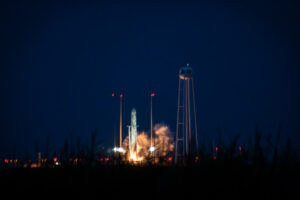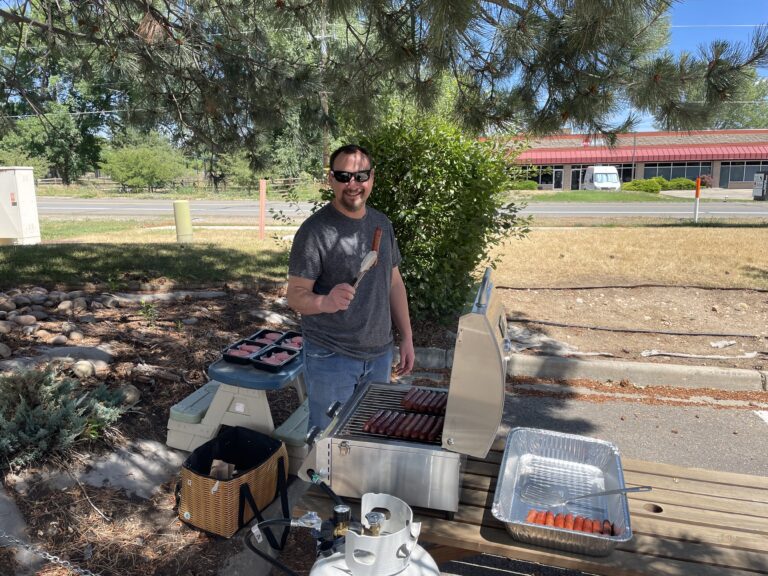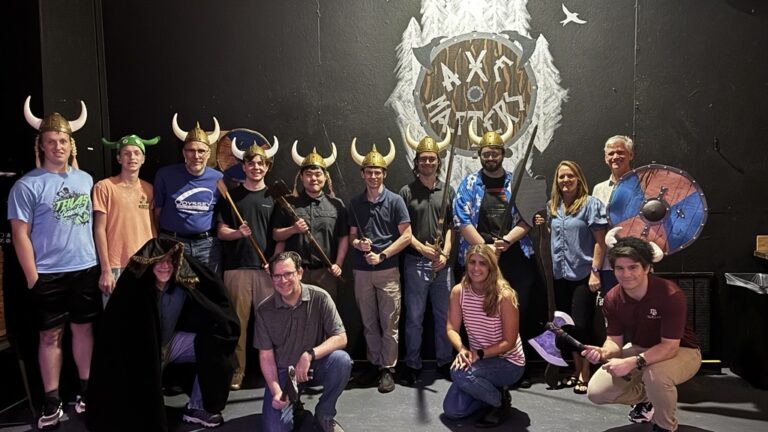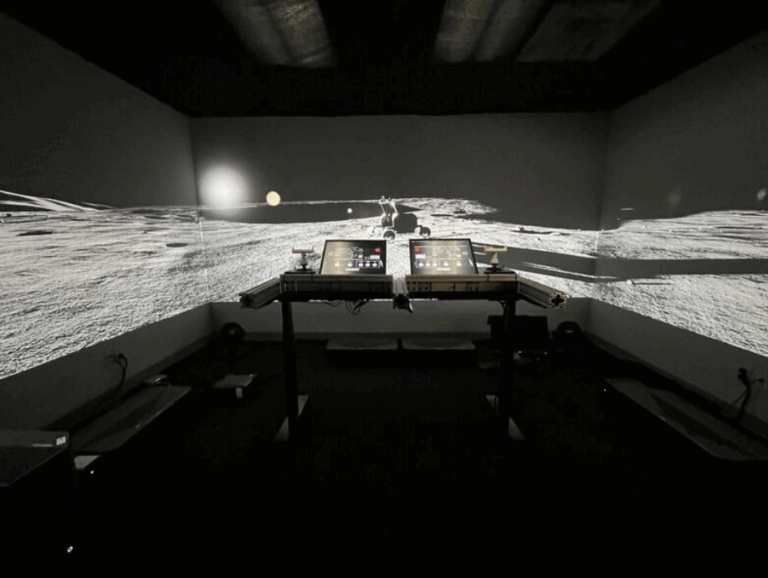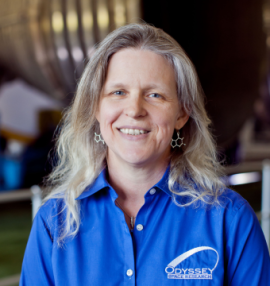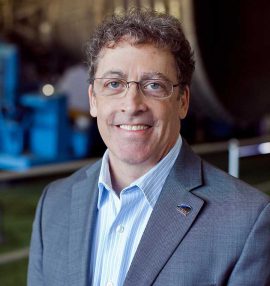August 4th, 2023: The Cygnus unmanned cargo vehicle successfully completed its 16th, 17th, 18th missions (NG-16, NG-17, NG-18) to the International Space Station (ISS). In addition, NG-19 has launched and just been captured by the ISS. As was true for the past NG missions, Odyssey engineers supported from the Johnson Space Center Mission Control Complex while Cygnus was launched, captured, and released. Odyssey’s role in this mission also included Independent Verification and Validation (IV&V) of all safety critical software.
The capsule for NG-16 was named the S.S. Ellison Onizuka in honor of Ellison Onizuka, the first Asian-American astronaut to reach space. A notable payload for the mission included the Prototype Infrared Payload (PRIPL), an experimental infrared sensor meant to track missiles. The S.S. Ellison Onizuka launched and was captured in August 2021 and was released from the ISS in November 2021.
The spacecraft for the NG-17 mission was named the S.S. Piers Sellers, in memory of Piers Sellers, who was instrumental in assembling the ISS. This NG-17 mission introduced a new capability of the Cygnus spacecraft in successfully completing a reboost maneuver to keep the ISS in its nominal orbit. The S.S. Piers Sellers launched and was captured in February 2022 and was released from the ISS in June 2022.
The mission NG-18’s capsule was named the S.S. Sally Ride in honor of Sally Ride, the first American woman in space. A notable payload included the Solid Fuel Ignition and Extinction – Material Ignition and Suppression Test (SoFIE-MIST) experiment, meant to investigate thermally-assisted burning in space. The S.S. Sally Ride launched and was captured in November 2022 and was released from the ISS in April 2023.
The NG-19 capsule is named the S.S. Laurel Clark, in honor of Laurel Clark, who was one of the astronauts on the ill-fated STS-107 mission aboard the Columbia space shuttle. Notable payload includes the Innovative Paralysis Therapy Enabling Neuroregeneration (Neuronix) experiment, meant to study the formation of neurons in microgravity. The S.S. Laurel Clark is expected to return to Earth later this year. A couple of our own IV&V engineers attended the launch! See if you can spot them in the pictures in this article.
Odyssey’s role in Cygnus development was extensive, including Systems Engineering design support, Concept of Operations development, Robotic Capture design and analysis, and Independent Verification and Validation of all safety critical software. Congratulations to the entire Cygnus and NASA teams!
For more information on Cygnus and the suite of cargo resupply missions, please visit the Cygnus website: http://www.northropgrumman.com/Capabilities/CRS/Pages
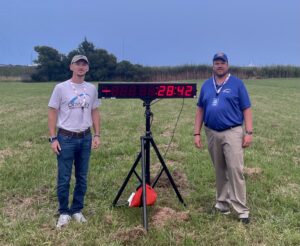
Image credit: Peter Demarest

